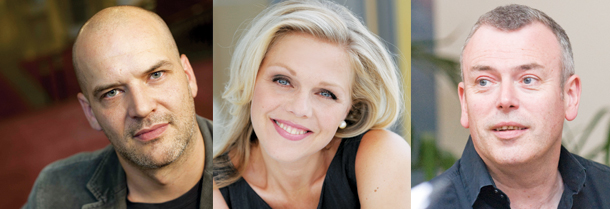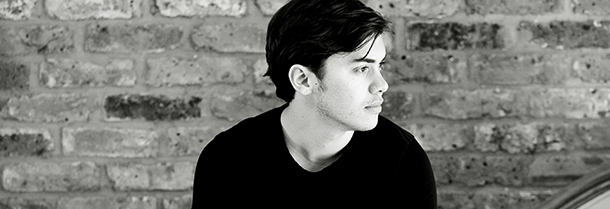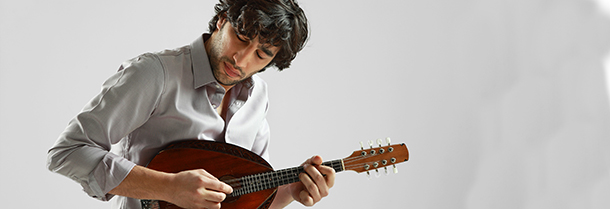Tag: Vancouver Recital Society
-

PROGRAM NOTES: GEORGE LI
Franz Joseph Haydn Sonata in B minor Hob. XVI:32 It is not often that you catch the congenial, ever-chipper Haydn writing in a minor key. But minor keys were all the rage in the 1770s, the age of Sturm und Drang (storm and stress), an age when composers such as C. P. E. Bach sought to…
-

PROGRAM NOTES: ZHANG ZUO
Ludwig van Beethoven 32 Variations in C minor WoO 80 The theme that Beethoven chose for his 32 Variations in C minor (1806) has a Baroque feel to it, with its chaconne-like harmonic pattern in the left hand and sarabande-like second-beat emphasis in the right. This theme, however, is far from the characterless blank canvas…
-
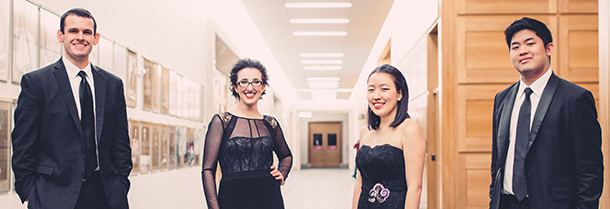
PROGRAM NOTES: THE VERONA QUARTET
Franz Joseph Haydn Quartet in B at major Op. 50 No. 1 The art music of Western Europe underwent a period of transition in the mid- 18th century as the thickly embroiled scores of the Baroque, with their long spun-out melodic lines and constant harmonic churn, gradually yielded to the clearer textures, symmetrical phrases and slower…
-
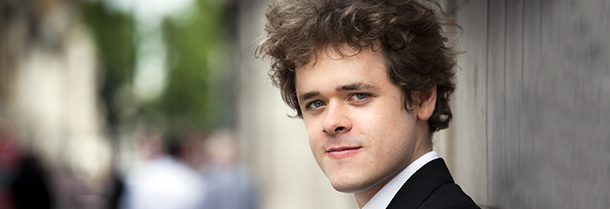
PROGRAM NOTES: BENJAMIN GROSVENOR
Robert Schumann Arabesque, Op. 18 In the autumn of 1838 Robert Schumann made a career decision. He would move from his native Leipzig to Vienna to find a publisher and a sympathetic public for his piano compositions. The public he hoped to attract in his year in the Austrian capital was a public of the…
-

PROGRAM NOTES: JAVIER PERIANES
Franz Schubert Piano Sonata in A Major D 664 The salubrious effects of country air on the mind and spirits of the vacationing composer are well known. Witness Schubert’s wonderfully relaxed and lyrical Sonata in A Major D 664 composed in 1819 during a summer sojourn in Steyr, a riverside provincial town set amid the…
-

PROGRAM NOTES: PAUL LEWIS
Johann Sebastian Bach Partita No. 1 in B flat major BWV 825 The partita, in late Baroque parlance, was just another name for a dance suite, a multi-movement work made up of the four canonical dance forms—allemande, courante, sarabande & gigue—with the occasional addition of a prelude at the beginning and optional fancier dances called…
-
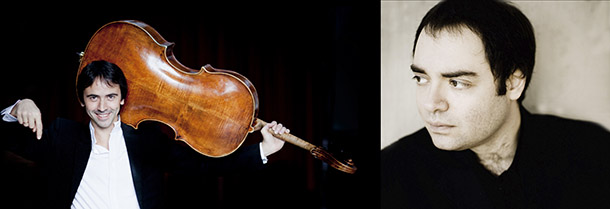
PROGRAM NOTES: WINTERLUDE – SUPER SUNDAY WITH JEAN-GUIHEN QUEYRAS & ALEXANDER MELNIKOV
Robert Schumann Fünf Stücke im Volkston Op. 102 The late 1840s saw Schumann take up “house music” in a big way. This does not mean that he began to DJ at raves, playing dance music with repetitive drum tracks and synthesized basslines. Rather, he had a productive period composing music specifically designed for the home…


